SUMMARY
This is AI generated summarization, which may have errors. For context, always refer to the full article.
![[ANALYSIS] Understanding Myanmar’s military: Was this their plan all along?](https://www.rappler.com/tachyon/2021/02/Understanding-the-Myanmar-military.jpg)
The Myanmar Armed Forces have maintained power in the single longest military rule in modern history.
Even during the decade of the democratic period, the Tatmadaw as it is called in Burmese remained firmly entrenched in Myanmar politics due to the 2008 Constitution, which gave the military a full quarter of seats in Parliament and the right to intervene. Myanmar’s short democratic experience was marred by a constant clash between the civilian factions led by the National League of Democracy (NLD) and the military, even as various crises exploded all around the country.
The coup of 2021 has come as a great shock to many, but the threat had been there the whole time. A Burmese journalist remarked that “Myanmar is the country that experts often get wrong.” I believe the main problem lies with the way Myanmar is being analyzed.
Many analysts look at Myanmar in a predominantly political angle. They look at the events of the country and the actions of the factions involved with political and social consequences. They compare the military involvement in politics to those in Thailand, Indonesia, and various Latin American countries. However, they forget the context and nature of the Myanmar military.
Mary Callahan, in her book Making Enemies, describes the leaders of the Myanmar military as poor politicians and refers to them as “war fighters.” The Tatmadaw leaders do not operate and act like politicians.
They are not politicians bearing arms and politicians.
They are trained soldiers, who have entered politics.

This is crucial to understand before analyzing the events in Myanmar as it changes the interpretations of the Tatmadaw’s actions. What a politician may consider an unacceptable risk is not the same kind a soldier would think. When a soldier is given an objective, he considered what are the most dangerous threats and how he could minimize those risks.
This could even be applied to the 2008 handover where the military gave the elected civilian body all the ministries except for the Home Affairs, which included the Myanmar Police Force, Bureau of Special Investigation, Prison Department, and Fire Service Department. These are all essential civilian uniformed organizations.
The Tatmadaw, even since their handover, had kept in their hands every organized and uniformed groups, including unarmed organizations in the country.
In other words, or any organization that could pose a threat.

The Tatmadaw leaders are not politicians. They are soldiers, war fighters who have held the political seat for 50 years. Their actions must be looked at with the way how a military would operate.
The way a soldier would look at it.
The international community is used to seeing political organizations with their armed wings such as the Nazi Party and the SS as well as the various communist parties and their armed wings or organizations using terrorism to achieve their political aims. Their agenda could be traced through their political ideology and what they seek to achieve.
The Tatmadaw, for all its nationalist and pro-Buddhist rhetoric, is ultimately a highly institutionalized military organization.
Ideology and religion come secondary to its martial nature and not the other way around. The army comes first, and this could be seen in the brutal 2008 crackdown during the protest led by Buddhist monks in “Saffron Revolution.”
Was this really a long-term military operation?
The most famous and well-known modus operandi of the Myanmar military is the infamous “Pya Ley Pya” strategy or the “four cuts” based on the British strategies against the Communist insurgency. The four targets are funding, food, intelligence, and recruits or essentially supply and support of the insurgent groups.
While this is often used to describe the counterinsurgency (COIN) operations against the ethnic and other rebel armies, it could be described to use against the NLD government as well.
The military view Aung San Suu Kyi and the National League of Democracy as their greatest threat. This is partly because of the symbol Ms Suu Kyi represented as the daughter of Aung San, the founder of their own organization, and partly because of the long-standing international support she has. Ms Suu Kyi’s modus operandi against the Tatmadaw has been one of nonviolence, appealing to the deeply Buddhist population.
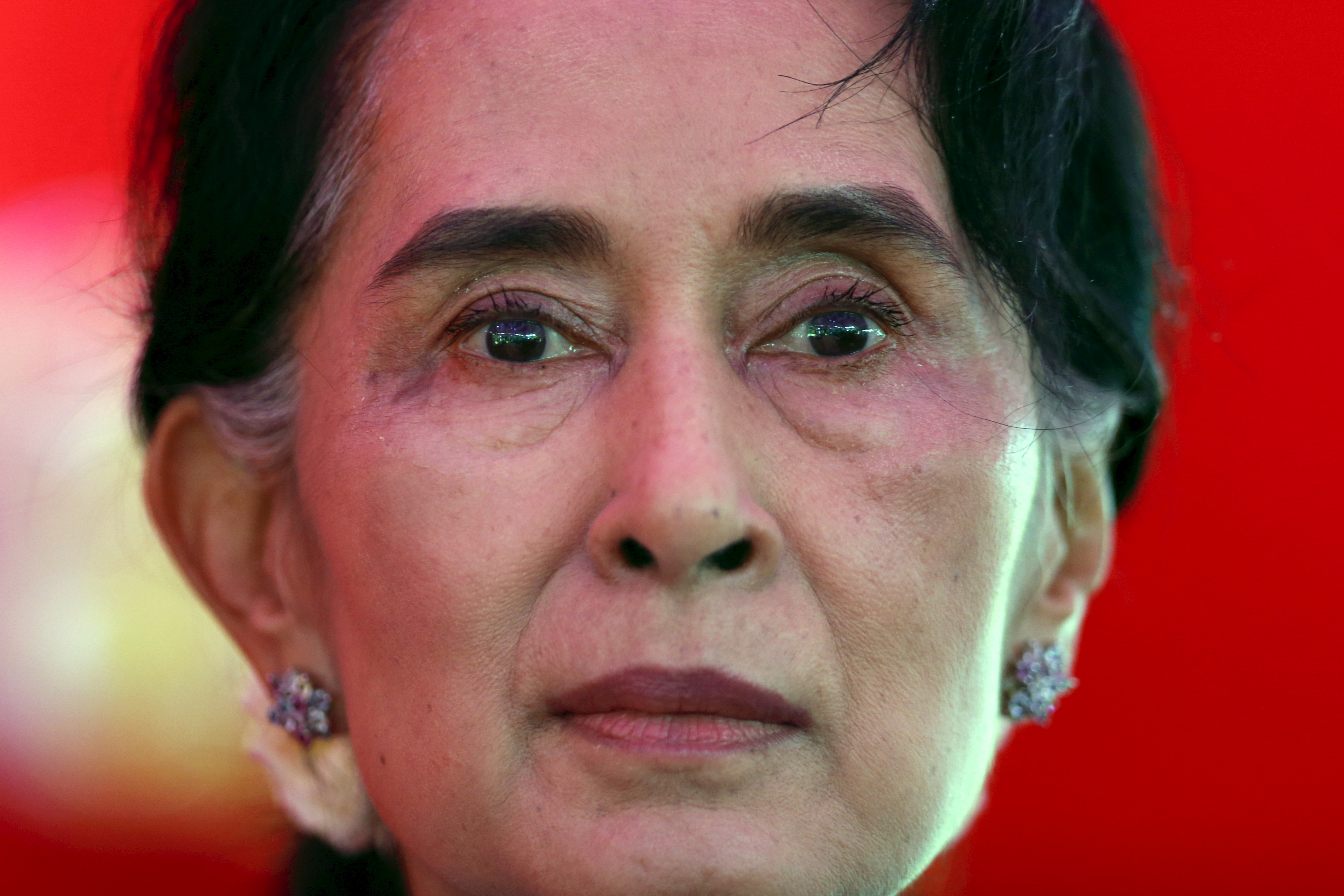
For an organization that is used to fighting other armed organizations and one desperately seeking legitimacy from the people, Aung San Suu Kyi presents a difficult obstacle. Any violence against her would only turn her into a martyr and risk angering and provoking a violent reaction from the Bamar Buddhist majority.
The Tatmadaw had always presented itself a nationalist force and the opposition of Aung San Suu Kyi has turned this on them. It was clear that the military was at a loss in dealing with her and the NLD who had the popular support domestically and internationally.
Or have they?
If one monitors the events of the takeover, perhaps the entire “democratic experiment” might be part of a long-term strategy against her.
They had, after all, only stepped down after assuming full control of every armed and organized group.
The entire Rakhine crisis against both the Muslim and Buddhist groups occurred under their watch and in a time where the world had been fully convinced that Aung San Suu Kyi had assumed full leadership of the country.
If this is true, then the Tatmadaw had literally used the power of social media, outrage culture, and limited understanding of Myanmar against Aung San Suu Kyi’s popular image. The pro-democratic forces in Myanmar had been relying highly on international sympathy which could be interpreted as the “supply” and support.
By playing the narrow-minded nationalists in an era where nationalism is dominating much of the world, the Tatmadaw may have timed it just right.
And may have just cut the “support” and “supply” line of the democratic forces in Myanmar.
If this was the main aim, then they had succeeded. One only has to Google Aung San Suu Kyi’s name to see the articles and lack of sympathy the international community has responded to the 2021 coup.
Operation successful. – Rappler.com
Thiha Thura is researcher specializing in military strategy and history, with a master’s degree in strategic and military studies, and a bachelor’s degree in historical studies. A citizen of Myanmar, he is writing under a pseudonym to protect his identity.
Add a comment
How does this make you feel?
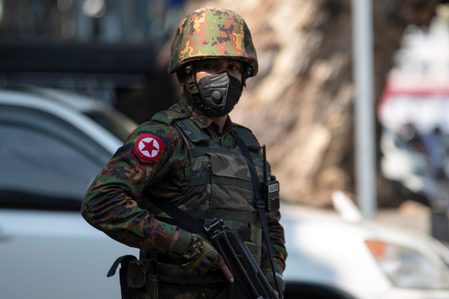
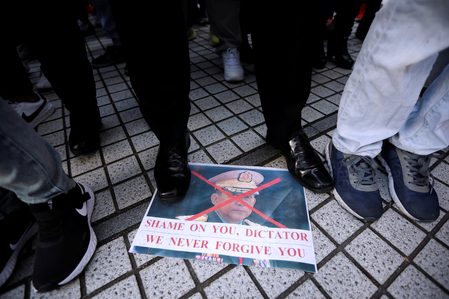
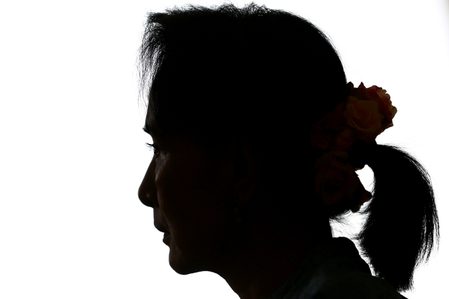
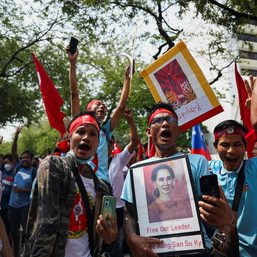
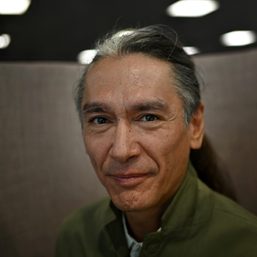
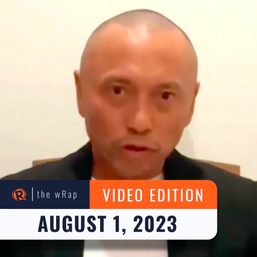
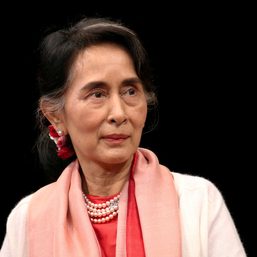
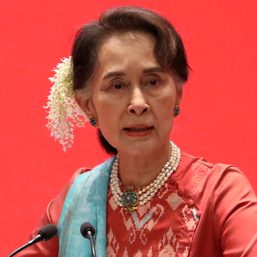
There are no comments yet. Add your comment to start the conversation.